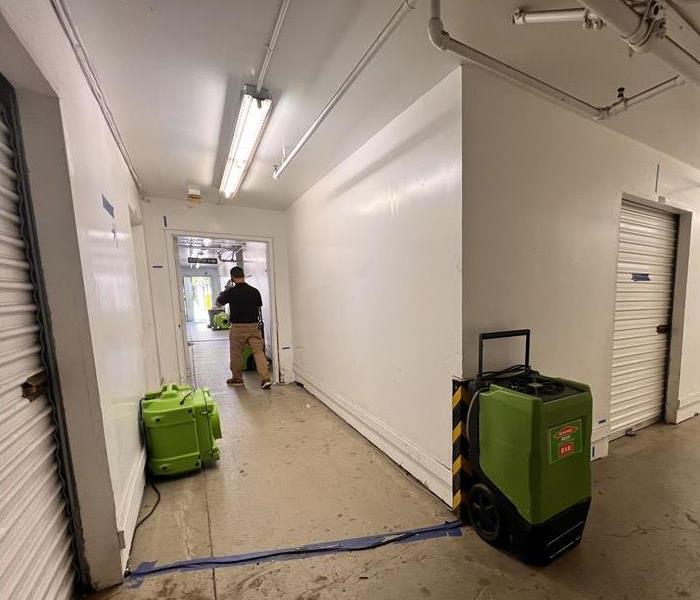What to Do if You Find Mold in Insulation?
7/17/2024 (Permalink)
 Addressing mold issues promptly and effectively is crucial to maintaining a safe and healthy living environment.
Addressing mold issues promptly and effectively is crucial to maintaining a safe and healthy living environment.
Discovering mold in your insulation can be alarming. Mold not only damages your property but also affects the air quality in your home. Addressing mold issues promptly and effectively is crucial to maintaining a safe and healthy living environment. In this blog, we'll guide you through the steps to take if you find mold in your insulation, including how to identify mold, remove it, and prevent future growth.
How to Identify Mold in Insulation
Mold can be tricky to spot, especially when it’s hidden in insulation. Here are some common signs that you might have mold in your insulation:
- Musty Odor
One of the first indicators of mold is a musty, unpleasant odor. If you notice a persistent smell in certain areas of your home, it could be a sign of mold in the insulation.
- Visible Mold Growth
Check your insulation for any visible signs of mold. Mold can appear as black, green, or white spots and can often be found in damp or poorly ventilated areas.
- Discoloration or Stains
Discoloration or stains on walls and ceilings near the insulation can indicate mold growth. If you notice unusual stains, it's worth investigating further to determine if mold is present.
Steps to Take If You Find Mold in Insulation
If you suspect or find mold in your insulation, it's important to take immediate action. Here are the steps to follow:
- Assess the Extent of the Mold
Determine how widespread the mold problem is. A small, localized area can often be handled by homeowners, but larger infestations may require professional assistance.
- Wear Protective Gear
When dealing with mold, always wear protective gear, including gloves, a mask, and goggles. This helps prevent exposure to mold spores.
- Isolate the Area
Seal off the affected area to prevent mold spores from spreading to other parts of your home. Use plastic sheeting and tape to cover doorways and vents.
- Remove Contaminated Insulation
Carefully remove the moldy insulation and place it in heavy-duty plastic bags. Seal the bags tightly and dispose of them according to local regulations. Be sure to handle the insulation gently to avoid releasing mold spores into the air.
- Clean the Surrounding Area
After removing the contaminated insulation, clean the surrounding area thoroughly. Use a mold removal solution or a mixture of water and detergent to scrub all surfaces. Be sure to dry the area completely to prevent mold from returning.
- Replace the Insulation
Once the area is clean and dry, replace the old insulation with new, mold-resistant insulation. This can help prevent future mold growth and improve your home's overall insulation.
- Fix the Moisture Problem
Mold thrives in moist environments, so it's essential to address any underlying moisture issues. Check for leaks, improve ventilation, and consider using a dehumidifier to keep humidity levels in check.
Finding mold in your insulation can be a daunting experience, but with the right steps, you can effectively address and prevent it. By identifying the signs of mold, safely removing contaminated insulation, and taking preventive measures, you can maintain a healthy and safe living environment. If you encounter a significant mold problem, don’t hesitate to contact a professional mold remediation service like SERVPRO of Mid-City San Diego for expert assistance. Keeping your home mold-free ensures better air quality and protects your property from damage.





 24/7 Emergency Service
24/7 Emergency Service